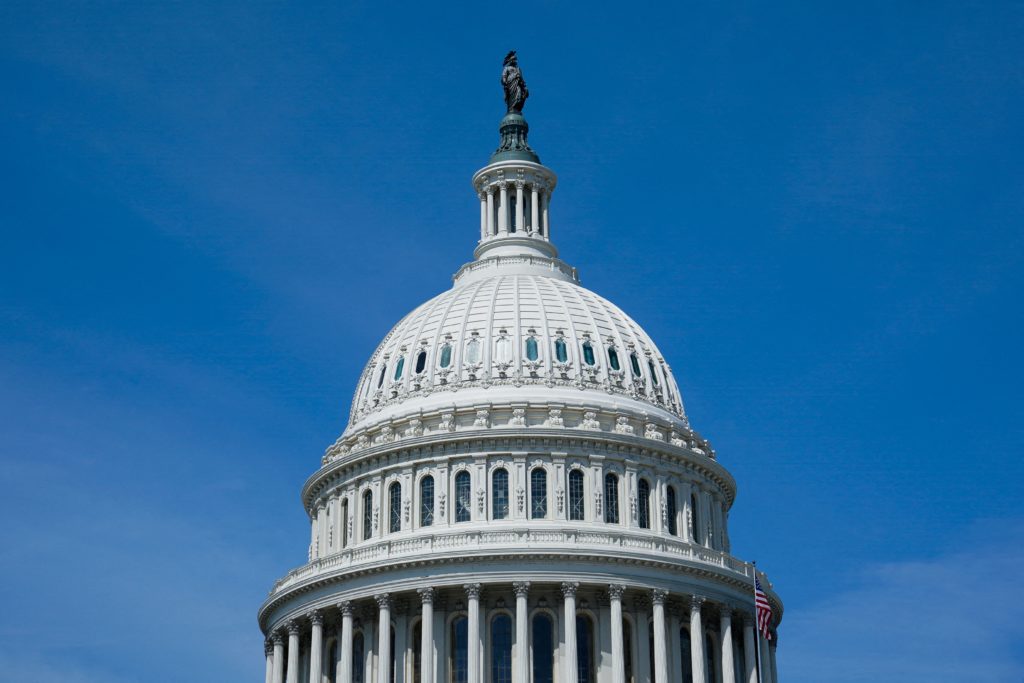A woman I know told me recently how she came to see abortion in a different light: “I was pro-abortion without thinking much about it. I just took it for granted that abortion was OK — women’s rights, the right to control your own body, the usual stuff. Then one day my mother told me she’d intended to abort me. She changed her mind when I started kicking. And hearing that, I changed my mind, too.”
She paused, then added, “I guess I’m still kicking.”
This woman was lucky. Sixty million unborn children — the number aborted in America since the Supreme Court’s Roe v. Wade decision in 1973 — weren’t so fortunate.
As the Nov. 8 election nears, preserving legal abortion is said to be one of the top issues on many people’s minds. If so, that reflects a decision by Democratic candidates to capitalize on negative reaction — whipped up by pro-abortion groups and major national media — against the court’s June ruling overturning Roe.
We shall have a much clearer picture after Nov. 8 of what the congressional landscape on abortion is going to look like for at least the next two years. As matters stand, two pieces of pending legislation stand at opposite ends of the political debate.
One, backed by congressional Democrats and President Biden, is the misleadingly named Women’s Health Protection Act, which the U.S. Conference of Catholic Bishops calls “the most extreme abortion on demand bill our nation has ever seen.”
The bill would establish an unrestricted national right to abortion up to viability, and then allow it any time after that on a health care provider’s word that continuing the pregnancy would harm the woman’s mental health. It would override virtually all state restrictions on abortion, undermine conscience protections for care providers who object to abortion, and allow taxpayer funding of abortion under Medicaid.
The other bill, introduced in the Senate by Lindsey Graham (R-SC) and in the House by Chris Smith (R-NJ), would establish a nationwide minimum standard for the protection of the unborn by barring abortion after the 15th week of pregnancy. Individual states would be free to adopt legislation providing tougher protection if they wished, as some have already done.
Unless one party has ironclad control of both the House and the Senate in the next Congress, neither bill has much immediate chance of passage. And even if by some miracle the Graham-Smith bill were adopted, Biden would be certain to veto it. In the short run, nevertheless, the bills do provide talking points for their respective sponsors.
From the prolife point of view, the best solution in the long run would be legislation — or, ideally, a constitutional amendment — declaring that the unborn child possesses the rights of legal personhood, including the right to life. Looked at realistically, there is no possibility of that in the foreseeable future, but as one pro-life lawyer put it to me privately, “After all, it took the Supreme Court 50 years to overturn Roe v. Wade.”
That underlines the fact that lasting success of the pro-life movement will require the patient, persevering work of education and motivation. Laws and court decisions are of crucial importance, of course, but in the long run restoring a pro-life culture in America will be essential.
The woman quoted above changed her mind when she realized that the unborn are human beings at an early stage of development. That’s the message. “I guess I’m still kicking,” the woman said. Pro-life Americans have to keep kicking, too.

